My first report, and these aren't even my pictures. I visited friends in Lincoln at the weekend, and we went to look at this magnificent church, just a few minutes drive from the city. My camera battery died after one sho, but fortunately my friend went back there again today and took some pictures. He has uploaded them to his own website, and I have his permission to post them here, as long as I also quote him. Also sprach (der andere) Richard: "If you show anyone else my photos, please make sure that they know I'm not a photographer, nor do I play one on tv. I have no eye for composition."
Right. On we go.
The church of St Edith is not derelict, even though by all reason it should be. It is in a farmyard, in the tiny hamlet of Coates-by-Stow, about 2 miles from the village of Stow (Stow Minster, the church in Stow, is a magnificent edifice too). The fact that it is not redundant is due in no small part to the tenacity of the people living in the hamlet, who absolutely refuse to allow it to be closed. Currently there is one Church of England service per month, and a couple of Roman Catholic groups make use of it for occasional services. I understand that the local Orthodox community also uses it occasionally.
The history of St Edith's is vague and there are large chunks missing. Much of what we do know is open to more than one interpretation, and so the interpretation you get is largely dependent on which historian you ask (I suppose 'twas ever thus). This is the history currently in favour.
When was it built? The current building is substantially late 13th Century, but there are traces of older stonework, so it is possible that this is a rebuild of an earlier stone building. The hamlet of Coates is recorded in Domesday and contemporaneous documents as consisting of five farms and a grange. This would have been a not-insubstantial settlement. There is no reference to a church before the present one, but in a farming community like this it is almost certain that there would have been a wooden building in Saxon times. Probably just a long, low shed, served by the priests at Stow Minster, and therefore not worth mentioning in any itineraries.
Why was a stone church built, and why was it dedicated to St Edith, and which St Edith anyway? These questions are bound together. There is some evidence to suggest a trading link between Tamworth and Coates, and it is possible that Coates wool was turned into Tamworth cloth. It is conjectured that the church may have been built by a Tamworth merchant as a way of ingratiating himself with the local farmers (and thereby getting exclusive rights or better deals). The church is therefore probably dedicated to St Edith of Polesworth (near Tamworth), rather than the much better known St Edith of Wilton. The Polesworth saint was very popular in and around Tamworth, and if the Coates church was founded by a Tamworth merchant, then the dedication is reasonable. The dedication to St Edith of Polesworth is borne out by local oral tradition, which is frequently correct about this sort of thing.
The church was modified in 14th and 15th Centuries, and escaped much of the damage wreaked by the Puritans. The reason for this is twofold: firstly, even today the hamlet of Coates is very remote and unnoticeable. Secondly, at the Reformation, the grange and the church came into the ownership of a wealthy local family, who might well have been secret Recusants. The chancel and Rood screen were walled off and became their private chapel, which although not wholly escaping the ravages of the Protestant Reformation, didn't do too badly, as you will shortly see. The rest of the church was whitewashed and became the State church.
In the late 19th Century, a Victorian restorer and antiquarian by the name of Pearson undertook a very careful restoration of the church. His efforts were much more restrained than some of the Victorian restorers, and he largely contented himself with cleaning and repairing, rather than with making things up.
On to the pictures!
1. The church from the north-west. Note the bricked-up north door, and the very different window styles, showing how the church has been structurally modified over the centuries.
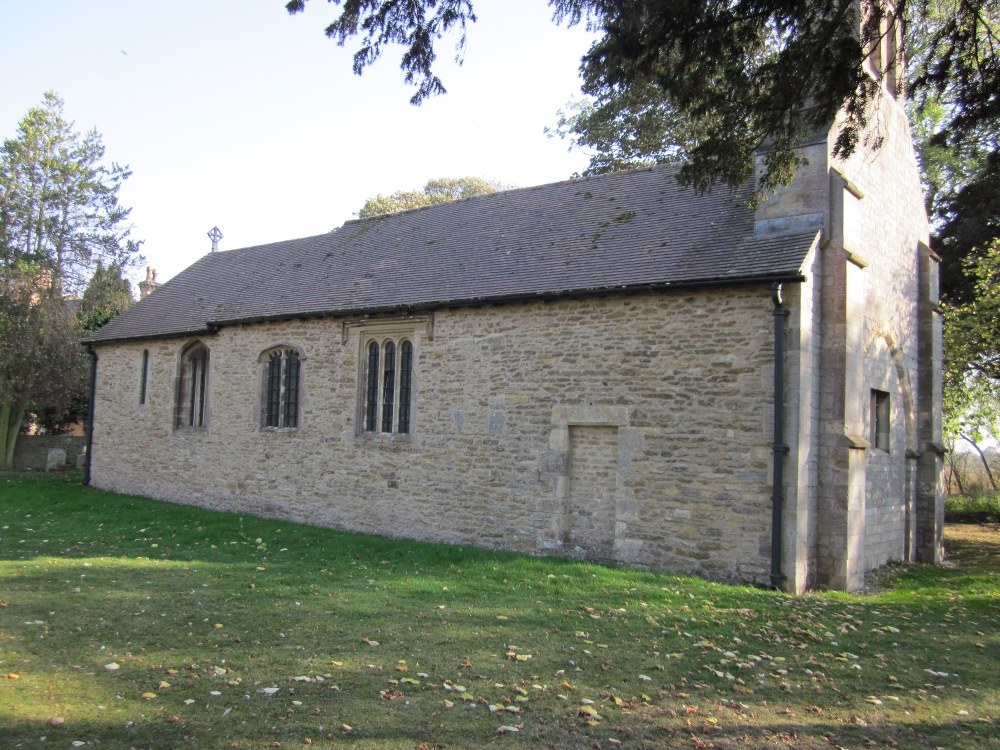
2. The west end. This was rebuilt by the Victorians, and the bells were hung then. Interestingly enough, there is archaeological evidence to suggest that there was once a tower here, but no written records - which might suggest that the tower fell down very early on (which might also give credence to the conjecture that the 13th Century church was a rebuild of an earlier stone church)

3. The church from the south-east. Note the (bricked up) priest's door at the east end. This was used as the family chapel entrance before the Victorian restoration. Shouldn't really have been bricked up, but I wasn't there to complain.
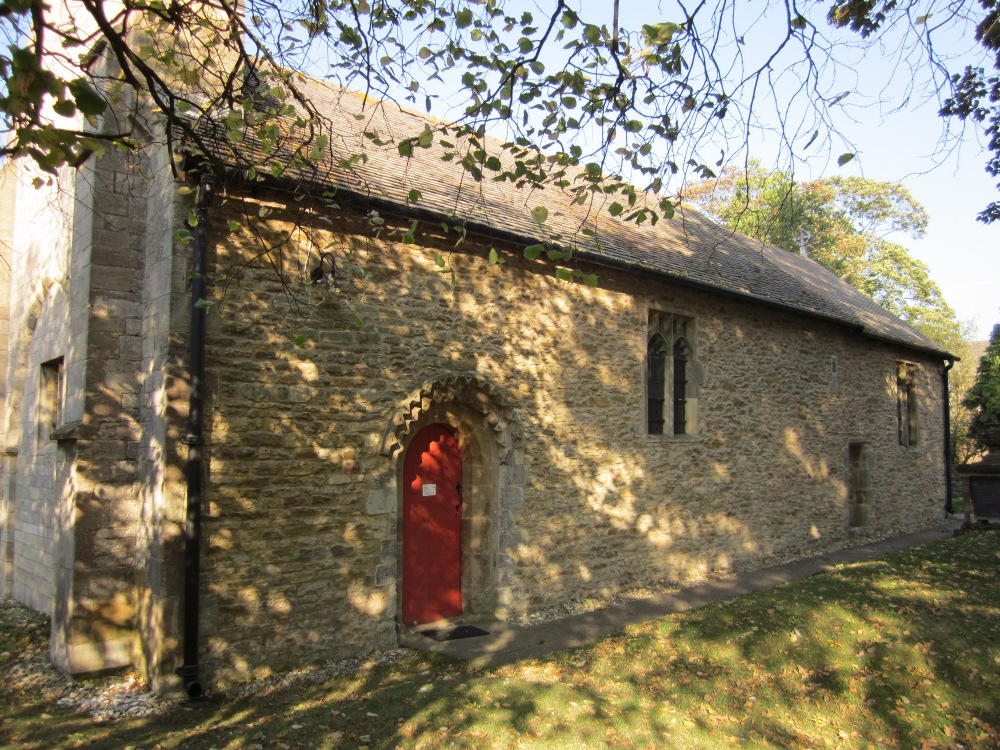
4. Looking towards the Altar from the west end The Rood screen is mostly 15th Century, with some Victorian repairs. The pews are also 15th Century, and were probably originally around the walls rather than in rows.

5. The Font. The cover is Victorian, but the font itself is late Saxon or early Norman
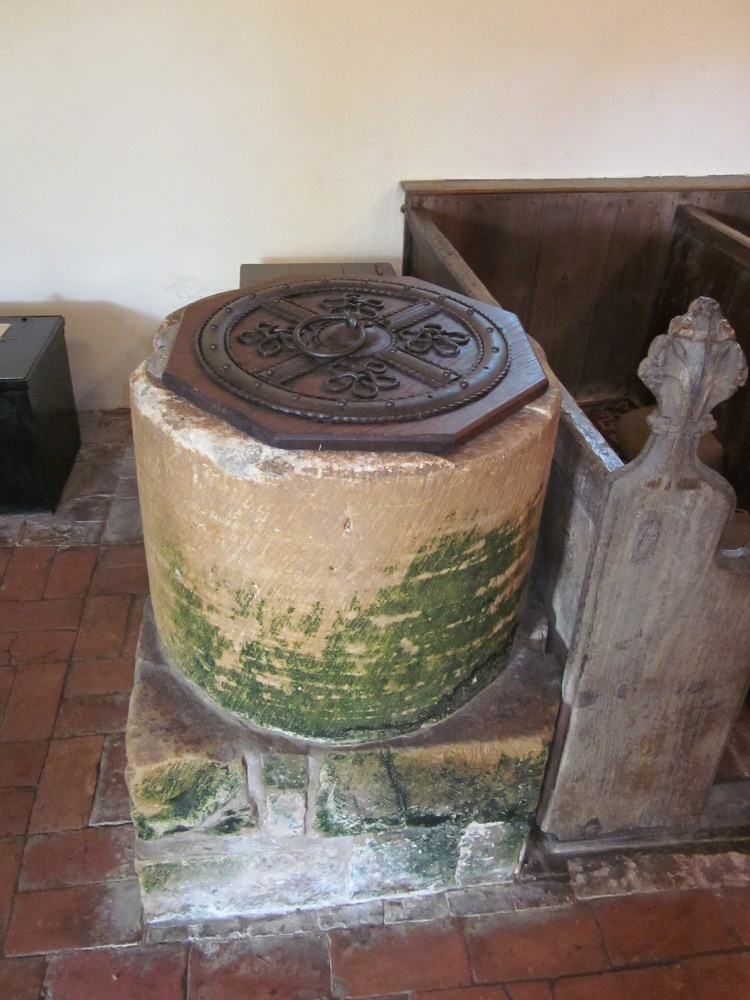
6. Close-up of the Rood screen. The bit in the middle is a Victorian repair, but you can clearly see on the left the remains of an icon of the Mother of God. There are also some fragments of an icon of St John on the right, but this is much fainter.
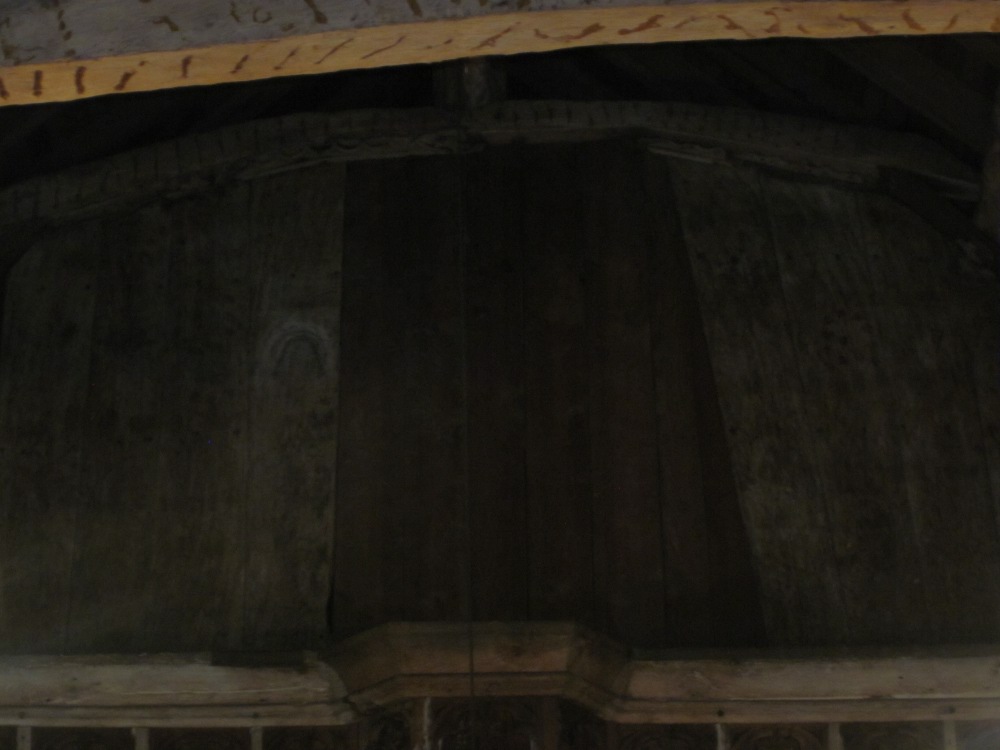
6a. Here's a closer-up
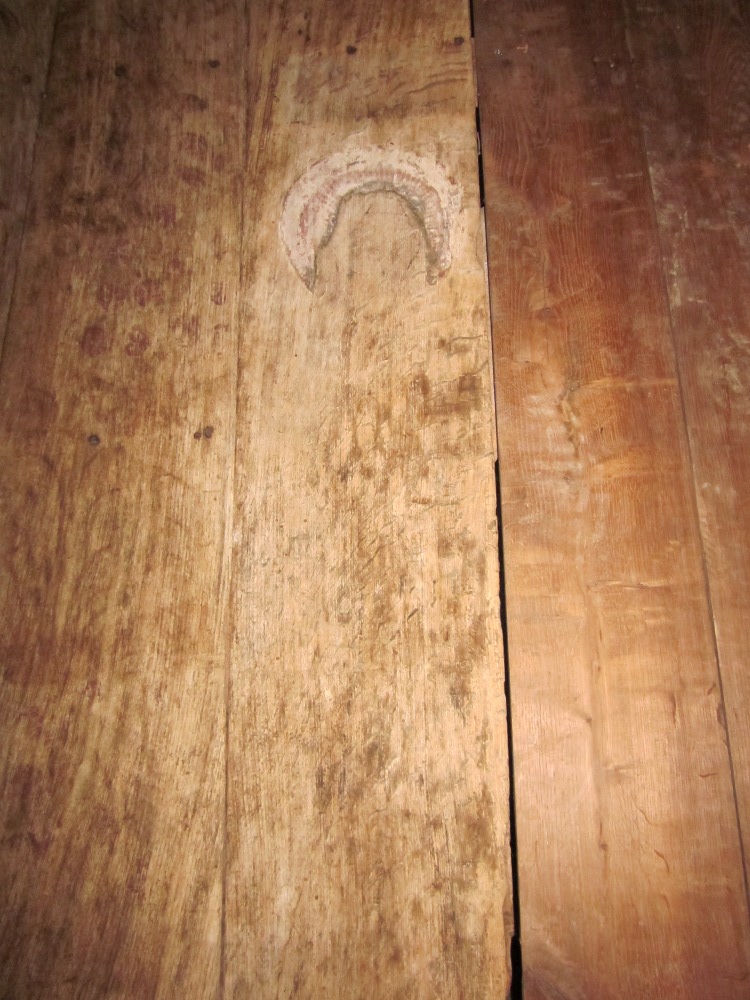
7. The steps to the Rood. Yes, they are steep. Yes, I went up.
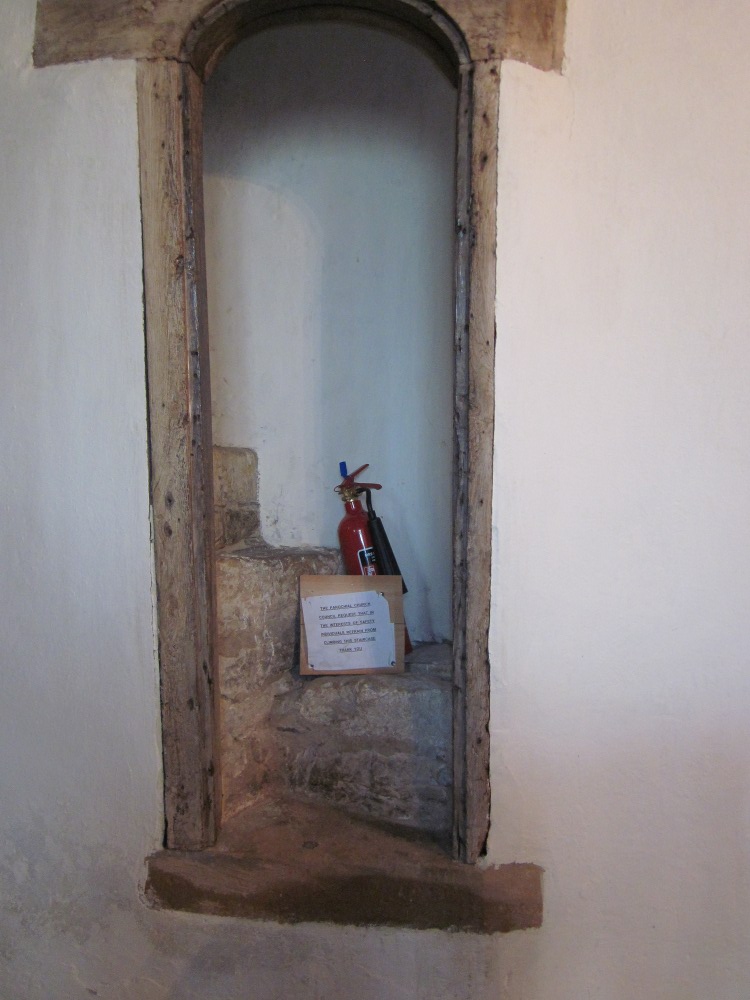
8. And this is the altar table from the Rood. The altar stone is definitely pre-Reformation, but possibly not original (it is a little bit too big). Altar stones contain the relics of saints, and it was not unknown for people to bury them, and all the other reliquaries, when they knew that the Puritans were coming. This is why even today there are occasional finds of little boxes with half a dozen bones, hidden in a barn loft or buried at the bottom of a churchyard.

9. The steps down from the Rood.
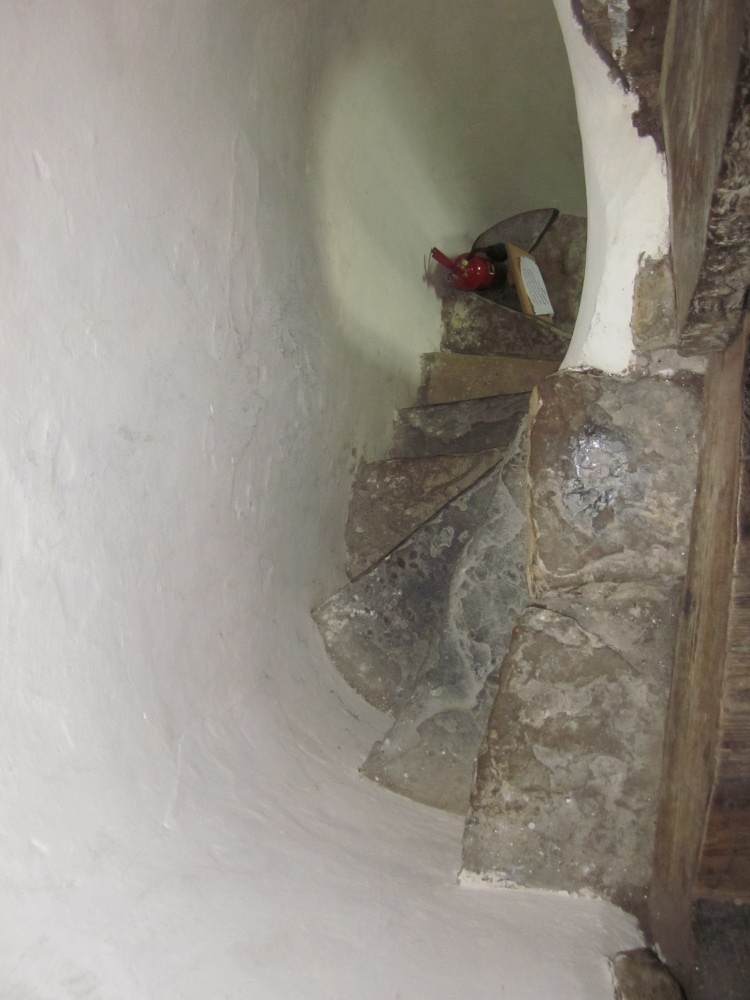
10. This would have been the Easter Sepulchre
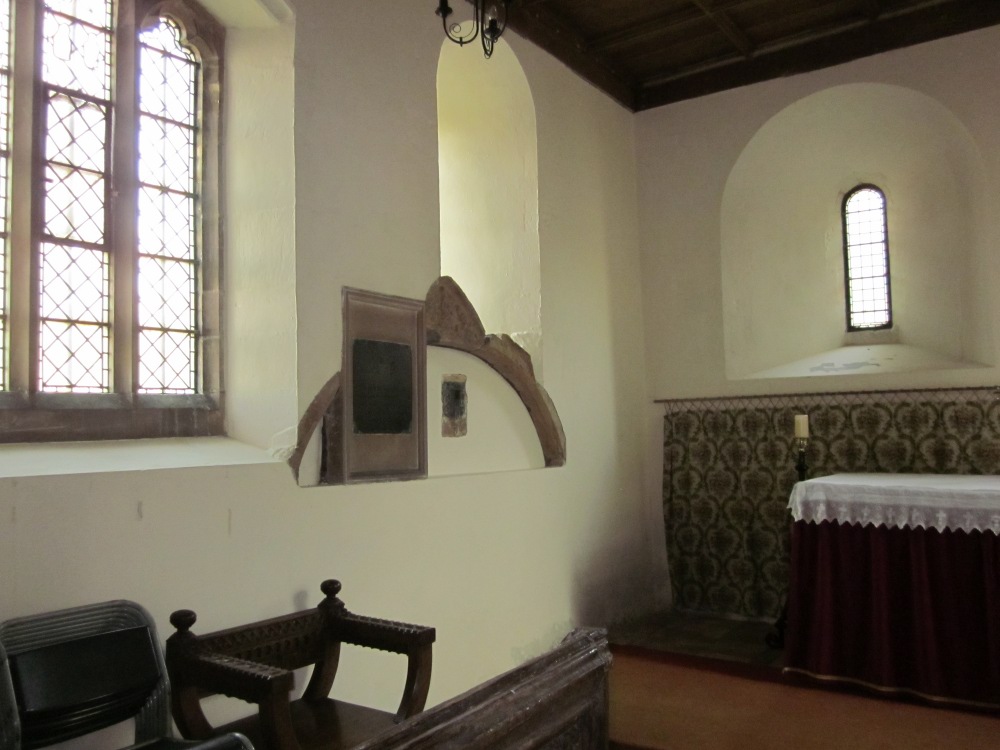
11. An alabaster ledger slab, right in front of the Rood gate.
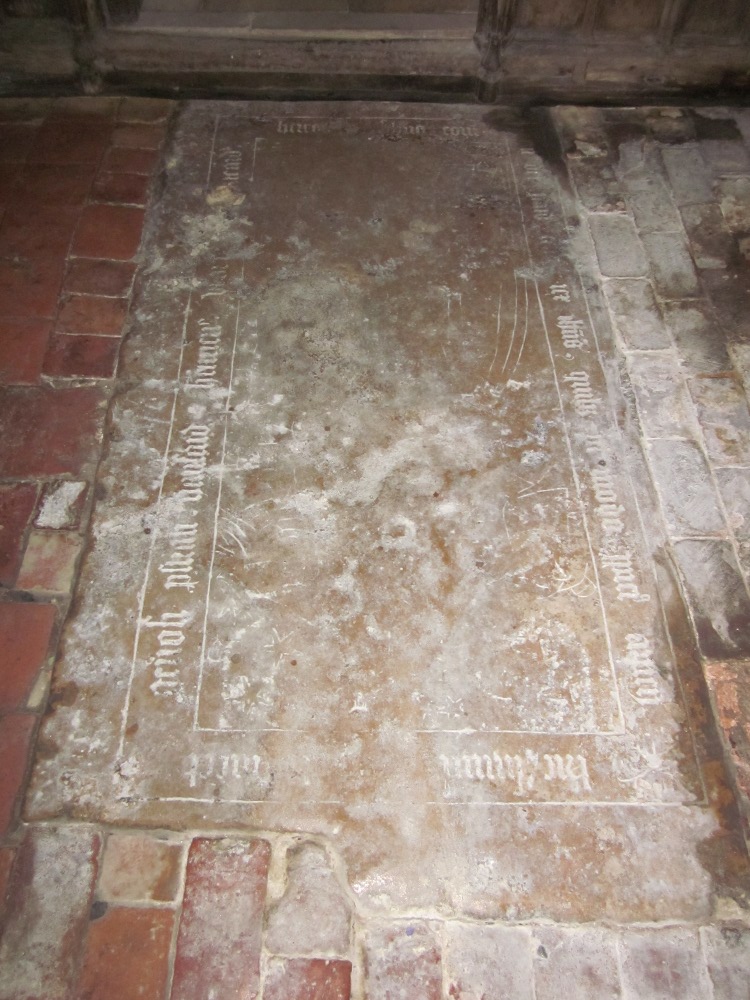
12. This would have been an effigy of someone important, and might even have been a tomb. Didn't survive the Reformation.
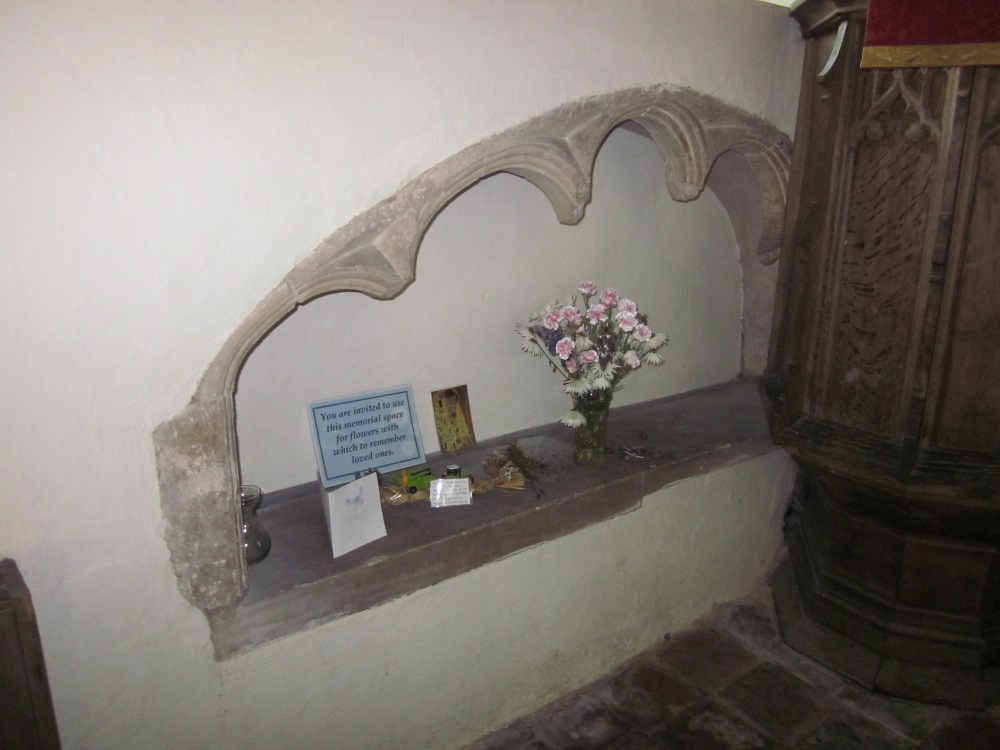
13. The original 14th/15th century pulpit, found in a barn by the Victorian restorer. He got rid of the Georgian double-decker, which was by all accounts a monstrosity.
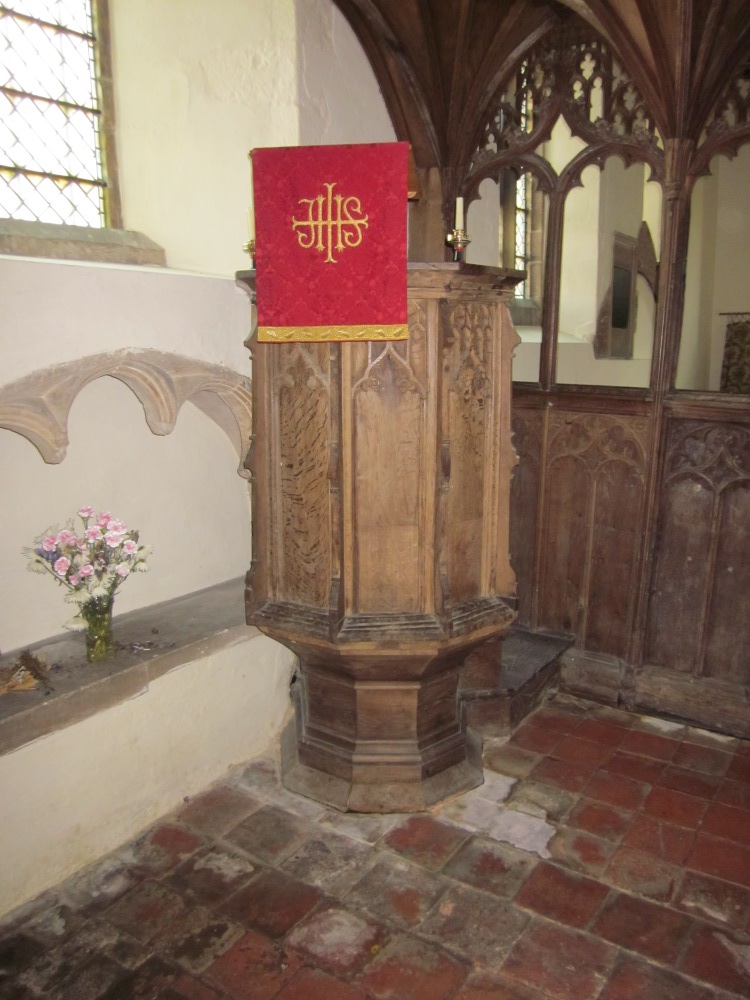
14. Georgian box pew at the (Victorian rebuild of the) west end. This box pew was originally on the opposite side of the nave to the pulpit, hiding the steps.

15. The east end from outside. These two windows were put in by the Victorian restorer. They are probably closer to what would have been in the 13th Century building, but they apparently replaced a rather nice 15th Century window. Bad antiquarian! No biscuit!
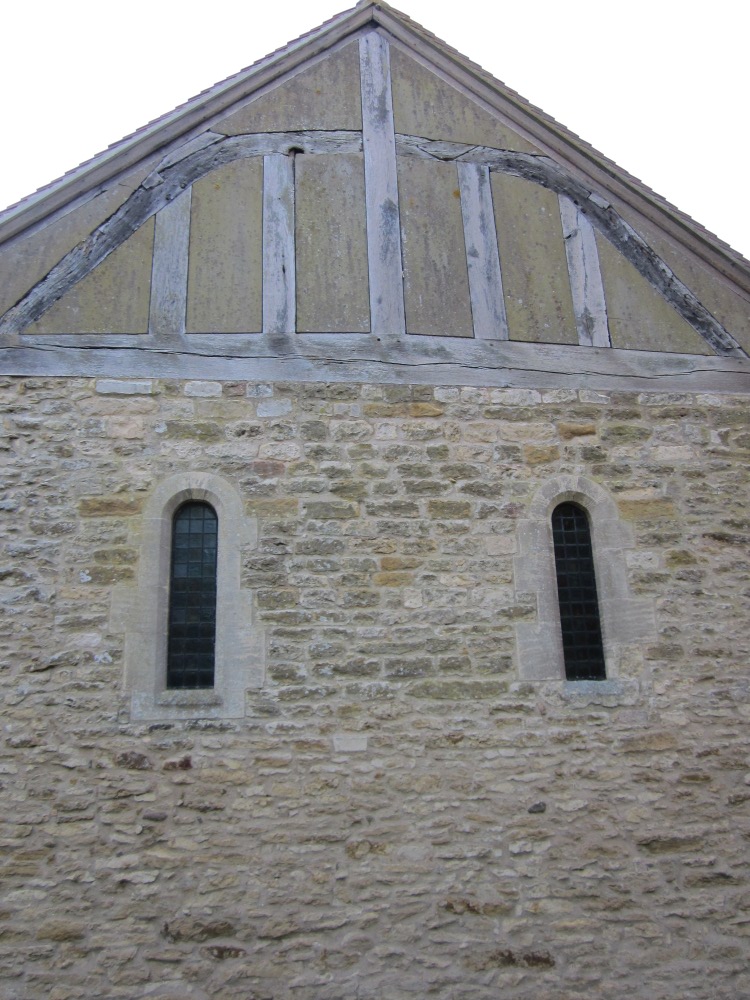
There you go. I hope my small offering gives you pleasure.
Right. On we go.
The church of St Edith is not derelict, even though by all reason it should be. It is in a farmyard, in the tiny hamlet of Coates-by-Stow, about 2 miles from the village of Stow (Stow Minster, the church in Stow, is a magnificent edifice too). The fact that it is not redundant is due in no small part to the tenacity of the people living in the hamlet, who absolutely refuse to allow it to be closed. Currently there is one Church of England service per month, and a couple of Roman Catholic groups make use of it for occasional services. I understand that the local Orthodox community also uses it occasionally.
The history of St Edith's is vague and there are large chunks missing. Much of what we do know is open to more than one interpretation, and so the interpretation you get is largely dependent on which historian you ask (I suppose 'twas ever thus). This is the history currently in favour.
When was it built? The current building is substantially late 13th Century, but there are traces of older stonework, so it is possible that this is a rebuild of an earlier stone building. The hamlet of Coates is recorded in Domesday and contemporaneous documents as consisting of five farms and a grange. This would have been a not-insubstantial settlement. There is no reference to a church before the present one, but in a farming community like this it is almost certain that there would have been a wooden building in Saxon times. Probably just a long, low shed, served by the priests at Stow Minster, and therefore not worth mentioning in any itineraries.
Why was a stone church built, and why was it dedicated to St Edith, and which St Edith anyway? These questions are bound together. There is some evidence to suggest a trading link between Tamworth and Coates, and it is possible that Coates wool was turned into Tamworth cloth. It is conjectured that the church may have been built by a Tamworth merchant as a way of ingratiating himself with the local farmers (and thereby getting exclusive rights or better deals). The church is therefore probably dedicated to St Edith of Polesworth (near Tamworth), rather than the much better known St Edith of Wilton. The Polesworth saint was very popular in and around Tamworth, and if the Coates church was founded by a Tamworth merchant, then the dedication is reasonable. The dedication to St Edith of Polesworth is borne out by local oral tradition, which is frequently correct about this sort of thing.
The church was modified in 14th and 15th Centuries, and escaped much of the damage wreaked by the Puritans. The reason for this is twofold: firstly, even today the hamlet of Coates is very remote and unnoticeable. Secondly, at the Reformation, the grange and the church came into the ownership of a wealthy local family, who might well have been secret Recusants. The chancel and Rood screen were walled off and became their private chapel, which although not wholly escaping the ravages of the Protestant Reformation, didn't do too badly, as you will shortly see. The rest of the church was whitewashed and became the State church.
In the late 19th Century, a Victorian restorer and antiquarian by the name of Pearson undertook a very careful restoration of the church. His efforts were much more restrained than some of the Victorian restorers, and he largely contented himself with cleaning and repairing, rather than with making things up.
On to the pictures!
1. The church from the north-west. Note the bricked-up north door, and the very different window styles, showing how the church has been structurally modified over the centuries.

2. The west end. This was rebuilt by the Victorians, and the bells were hung then. Interestingly enough, there is archaeological evidence to suggest that there was once a tower here, but no written records - which might suggest that the tower fell down very early on (which might also give credence to the conjecture that the 13th Century church was a rebuild of an earlier stone church)

3. The church from the south-east. Note the (bricked up) priest's door at the east end. This was used as the family chapel entrance before the Victorian restoration. Shouldn't really have been bricked up, but I wasn't there to complain.

4. Looking towards the Altar from the west end The Rood screen is mostly 15th Century, with some Victorian repairs. The pews are also 15th Century, and were probably originally around the walls rather than in rows.

5. The Font. The cover is Victorian, but the font itself is late Saxon or early Norman

6. Close-up of the Rood screen. The bit in the middle is a Victorian repair, but you can clearly see on the left the remains of an icon of the Mother of God. There are also some fragments of an icon of St John on the right, but this is much fainter.

6a. Here's a closer-up

7. The steps to the Rood. Yes, they are steep. Yes, I went up.

8. And this is the altar table from the Rood. The altar stone is definitely pre-Reformation, but possibly not original (it is a little bit too big). Altar stones contain the relics of saints, and it was not unknown for people to bury them, and all the other reliquaries, when they knew that the Puritans were coming. This is why even today there are occasional finds of little boxes with half a dozen bones, hidden in a barn loft or buried at the bottom of a churchyard.

9. The steps down from the Rood.

10. This would have been the Easter Sepulchre

11. An alabaster ledger slab, right in front of the Rood gate.

12. This would have been an effigy of someone important, and might even have been a tomb. Didn't survive the Reformation.

13. The original 14th/15th century pulpit, found in a barn by the Victorian restorer. He got rid of the Georgian double-decker, which was by all accounts a monstrosity.

14. Georgian box pew at the (Victorian rebuild of the) west end. This box pew was originally on the opposite side of the nave to the pulpit, hiding the steps.

15. The east end from outside. These two windows were put in by the Victorian restorer. They are probably closer to what would have been in the 13th Century building, but they apparently replaced a rather nice 15th Century window. Bad antiquarian! No biscuit!

There you go. I hope my small offering gives you pleasure.



